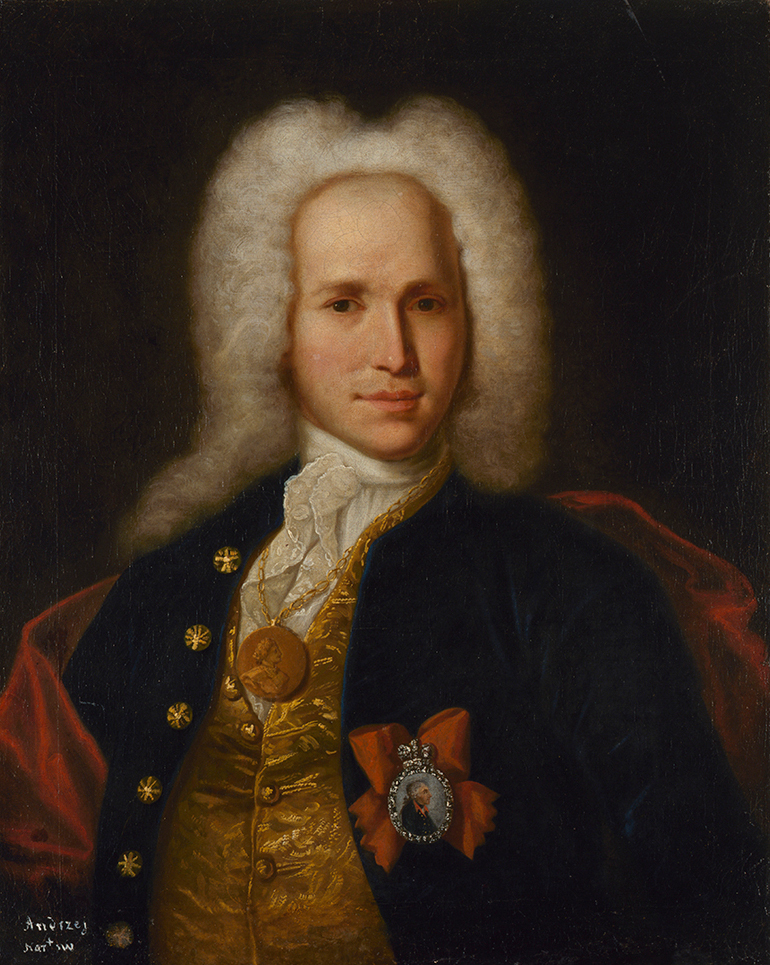Andrei
NARTOV
Inventor of the world’s first turning lathe with a compound rest

Andrei Nartov is the founder of optics for all modern small arms and artillery.
Natural genius, inventor Andrei Nartov was Peter the Great’s “personal turner,” a position that at the time was equivalent to minister of engineering.
Nartov’s career began in Moscow in the lathe workshop at the Moscow School of Mathematics and Navigation in the Sukharev Tower. Peter the Great was very fond of the craft himself and soon noticed the sharp and quick-witted young man.
Twenty-five-year-old master Andrei Nartov was sent by Peter abroad in 1719 to improve his knowledge of mathematics, applied mechanics and to learn about the latest developments in Western European engineering.
Nartov sent a letter to Peter from London: «…London has not seen turners who would surpass Russians. I showed the drawings of the machines your Majesty ordered to local craftsmen and they are not capable of building those.».
Andrei Nartov’s achievements in turnery were extremely important for the history of engineering. In order to build automated machine production, it was necessary to mechanise the manual cutting tool on metalworking machines. For this purpose, Nartov invented the compound rest, or a cutting tool-supporting carriage.
The invention of the carriage was the achievement of engineering thought that laid the groundwork for the transition from a craft and a workshop to a large industry.
Most of Nartov’s inventions are original technological innovations. They include a gauge-boring lathe for cannon-making, a screw mechanism for changing the artillery fire angle, and a telescopic sight, the predecessor of all modern small arms and artillery optics. Andrei Nartov participated in the development of the famous licornes, the howitzers that protected Russian fortresses up until the early 20th century.
Nartov wanted his book on lathes titled Theatrum Machinarum, or Clear Vision of Machines to be in public domain, printed and available to all turners, mechanics and engineers.












